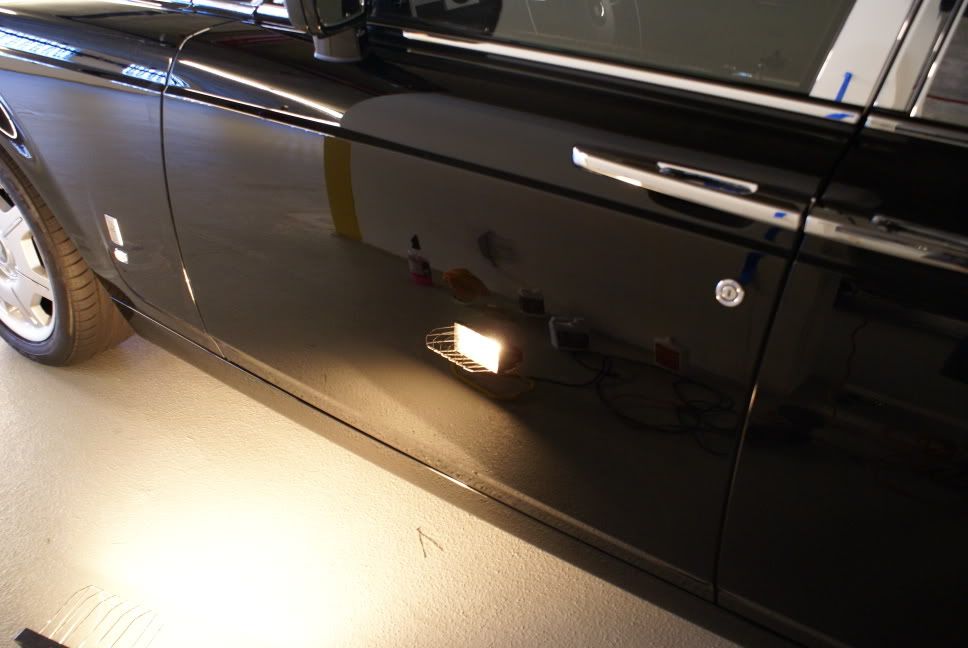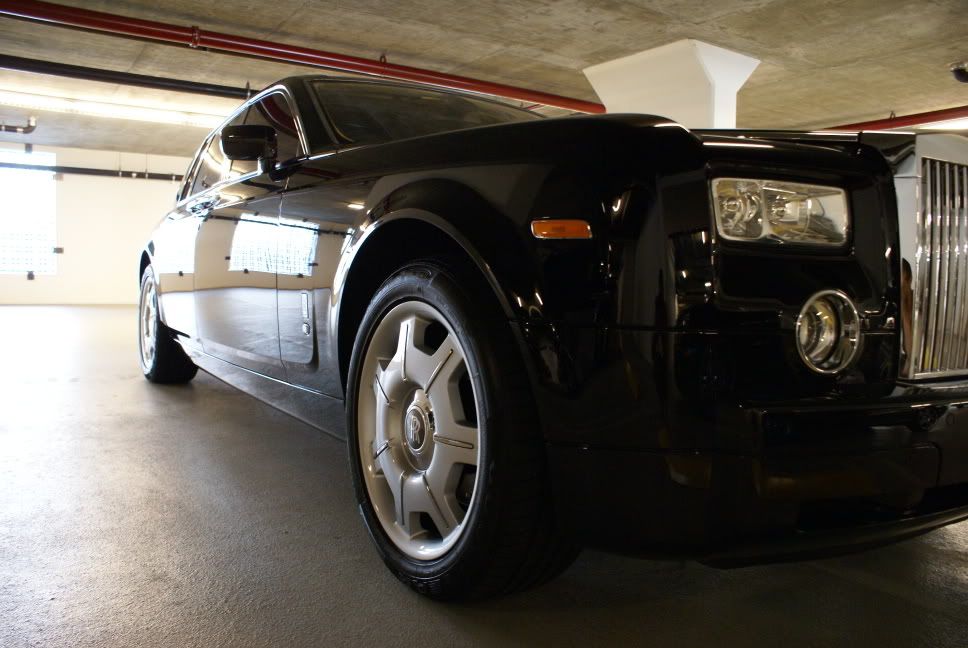Saintlysins
New member
Quote by MORBID: "So many factories (and bodyshops) would rather deal with OP than trying not to get OP and having something worse happen. The probelm is bodyshops are suppose to cut and buff the paint out as part of the finishing process of the job. No such thing exists at the manufactuering plant. It would cost too much in labor."
Morbid nailed it, as did other posts. I’ll add a bit more detail;
To get an Orange Peel Free finish from the spray gun, through all the multiple steps required is certainly going to increase (dramatically) other possible defects which require extensive labor to fix/repair. Gun spit, hangers, paint slide, edge pucker, edge roll-off, drips, are only some of the problems … then there are time constraints. The manufacturers won't/don’t have time to wait for flash over or multiple layers – or as stated before, but with more info; or to pull the car out of the booth and micro-sand (wet-sand) the paint to a perfectly flat finish, detail the whole car to a spotless/dustless condition, apply another coat from scratch (more work here than we need to get into), repeat a multitude of times all the way through to clear/finish coats.
I agree your painter gave a very simplistic answer, but at the same time, it’s so much more about economics in relation to what the ‘average person’ considers acceptable. I like the remarks about the Hummer H2’s … it’s the classic example of how the ‘average person’ can’t see the horrible finish because they’re blinded by how big it is ... kind of like not seeing the forest because the trees are in the way.
Morbid nailed it, as did other posts. I’ll add a bit more detail;
To get an Orange Peel Free finish from the spray gun, through all the multiple steps required is certainly going to increase (dramatically) other possible defects which require extensive labor to fix/repair. Gun spit, hangers, paint slide, edge pucker, edge roll-off, drips, are only some of the problems … then there are time constraints. The manufacturers won't/don’t have time to wait for flash over or multiple layers – or as stated before, but with more info; or to pull the car out of the booth and micro-sand (wet-sand) the paint to a perfectly flat finish, detail the whole car to a spotless/dustless condition, apply another coat from scratch (more work here than we need to get into), repeat a multitude of times all the way through to clear/finish coats.
I agree your painter gave a very simplistic answer, but at the same time, it’s so much more about economics in relation to what the ‘average person’ considers acceptable. I like the remarks about the Hummer H2’s … it’s the classic example of how the ‘average person’ can’t see the horrible finish because they’re blinded by how big it is ... kind of like not seeing the forest because the trees are in the way.



